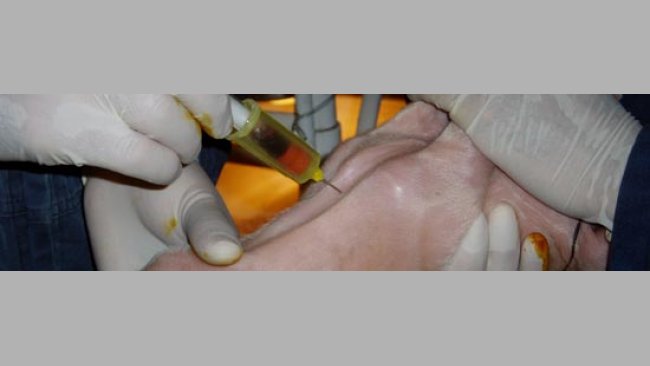
An overview of North American PRRS eradication efforts
The use of diagnostics will allow producers and practitioners to work together towards the common goal of PRRS eradication
The pig sector events all around the world
Pig health: news and articles on PRRS, PCV2, biosecurity, etc, Pig disease guide, atlas of pathology, clinical cases…
A visual and practical step-by-step guide on how to perform a necropsy on a pig.
All the information about ASF: how to recognize the disease, how it is transmitted, pictures of lesions, latest news, guides, etc.
Description of the most important diseases and conditions in pigs
Images of major swine diseases
Pig disease diagnostic tool
Definition for the most commonly used pig terms
Simulator that calculates the amount of drug to add to the water when using a flow dispenser.
Pig Prices by countries. Pork production and trade. News of the pig market and the raw materials
The latest slaughter pig prices in the most important pig markets. Check the evolution of the historical prices in charts and in several currencies.
Latest quotations for the main commodities used in pig feed. Historical graphs with the pig price and estimated feed price.
Figures & trends in pig numbers, pork production and pork trade.
Global production and trade data for the most important raw materials
Articles on nutrition and pig feeding, characteristics of raw materials and additives for pig feed. Prices of raw materials
Latest quotations for the main commodities used in pig feed. Historical graphs with the pig price and estimated feed price.
Technical sheets of the main raw materials and additives used in swine feed. They include a comparison of nutritional values from various sources, product
Global production and trade data for the most important raw materials
Definition for the most commonly used pig terms
Use this tool to diagnose problems with the feed conversion ratio. Click on the flowchart or on the buttons within the text to navigate through the different parts of the tool.
Articles on genetics and pig reproduction: genetic improvement, genomics, artificial insemination, use of hormones
Compare production data, calculate the number of sow, nursery, and finishing spaces, and visualize your tasks on the work schedule by type of BMS.
Tool that allows you to calculate the replacement rate in your farm
Definition for the most commonly used pig terms
Use this tool to find out why your farrowing rate is less than ideal. Click on the flowchart or on the buttons found within the text to navigate through the different parts of the tool.
Management, pig farm management, work planning in each production stage: management in gestation, grow finish, batch farrowing
Compare production data, calculate the number of sow, nursery, and finishing spaces, and visualize your tasks on the work schedule by type of BMS.
Tool that allows you to calculate the replacement rate in your farm
Definition for the most commonly used pig terms
Design of facilities and equipment for pig farms: building design, climate control, feeding systems, etc.
Definition for the most commonly used pig terms
Use this tool to explore which slurry management strategy best fits your situation. Click on the flow chart or on the buttons within the text to navigate through the different parts of the tool.
What makes us stand out is the quality and independence of our contents. Find out about the authors who make it possible. Our goal is to generate a virtual community of advanced users in the sector.

Professional experience
1987-1998: Swine practitioner, Swine Health Center, Morris, MN
1999-2005: Associate Professor, Department of Veterinary Population Medicine, University of Minnesota College of Veterinary Medicine
May 2005-present: Professor, Department of Veterinary Population Medicine University of Minnesota College of Veterinary Medicine
1987-present: Swine consultant, 30 US states and 20 countries
Past president: American Association of Swine Practitioners
S. Dee has had more than 110 articles on porcine reproductive and respiratory syndrome (PRRS) published in scientific magazines.
Academic Studies
1985 M.S. in Veterinary Microbiology, University of Minnesota, St. Paul, MN
1987 D.V.M. in Veterinary Medicine, University of Minnesota, St. Paul, MN
1996 P.h.D. in Veterinary Medicine, University of Minnesota, St. Paul, MN
1993 Diplomate in Bacteriology and Mycology, American College of Veterinary Microbiologists
Awards
1996 American Association Swine Practitioner of the Year
1996 Allen D. Leman Science in Practice Award
1996 University of Minnesota College of Veterinary Medicine Distinguished Alumni Award
1998 AVMA Practitioner Research Award
1999-2000 University of Minnesota College of Veterinary Medicine Teaching Incentive Awards
2005: University of Minnesota College of Veterinary Medicine Mark of Excellence Award
2007: University of Minnesota College of Veterinary Medicine Pfizer Award for Research Excellence
Updated CV 16-Feb-2011

The use of diagnostics will allow producers and practitioners to work together towards the common goal of PRRS eradication
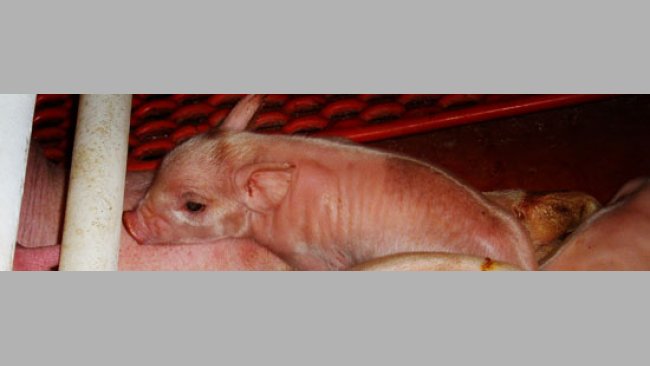
Preventing vertical and horizontal spread of PRRSV from dam to offspring is critical for the production of naive replacement stock
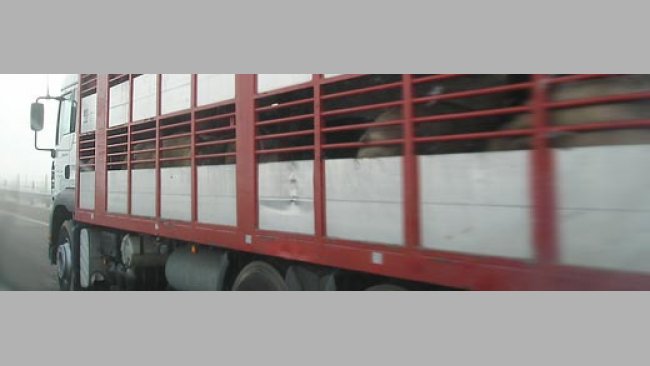
Trailers contaminated with PRRSV can serve as a source of infection for naïve pigs. Therefore, sanitation for livestock trailers and transport vehicles is considered a high priority when it comes to biosecurity practices.
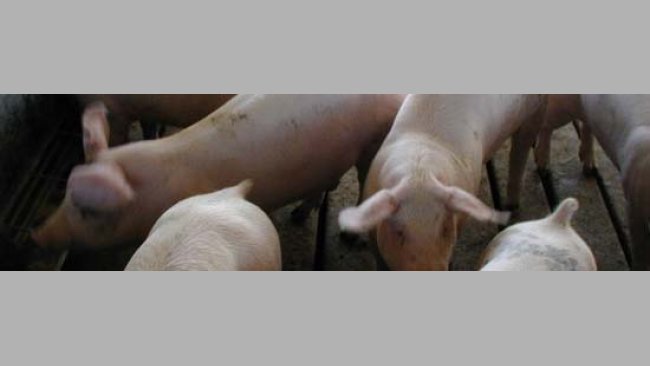
The presence of subpopulations of exposed and non-exposed sows in chronically PRRSV-infected breeding herds assists in the maintenance of virus circulation in the breeding herd over time.
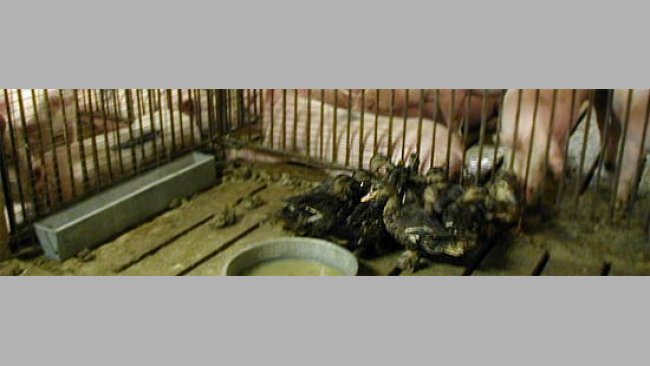
Migratory waterfowl have been proposed as vectors of PRRSV spread between farms, due to their migratory nature and their tendency to nest on or near to swine farm lagoons
Welcome to 333
Connect, share, and interact with the largest community of professionals in the swine industry.
Celebrating 137862Users on 333!
Sign upAlready a member?




